Azaleas are among the most popular shrubs for gardeners looking to add a burst of color and lushness to their landscaping designs. As someone who has experienced the joy these vibrant plants can bring, I can attest to their ability to transform a space.
Available in a range of colors and sizes, azaleas can be a versatile element in any garden, fitting well in both informal and formal landscape designs.
When plotting out a space for azaleas in the landscape, I always consider the specific needs of the plant.
Azaleas thrive in well-draining, acidic soil and benefit from partial shade, although some varieties can tolerate full sun.
With thoughtful placement, these flowering shrubs can provide spectacular blooms year after year.
Through consistent care, including proper watering, mulching, and occasional pruning, azaleas will maintain their health and vitality, enhancing my outdoor space.
Reader's Roadmap
Key Takeaways
- Azaleas offer diverse colors and can alter the aesthetic of garden spaces.
- Effective azalea landscaping requires considering plant needs and thoughtful placement.
- Regular maintenance is key to ensuring azaleas remain vibrant and healthy.
Pink Azaleas Edged with White And Yellow Flowers Backed With Green Bushes
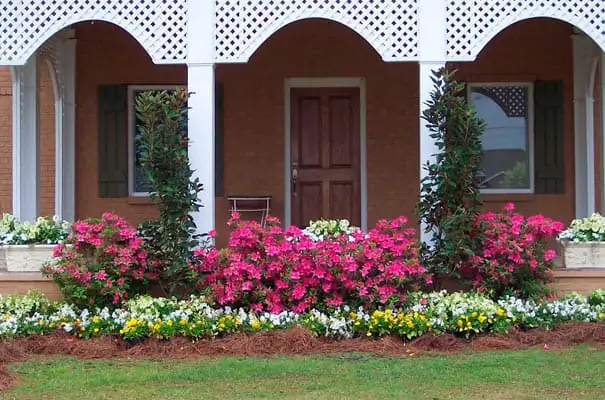
Red And White Pruned Azaleas Trail

Cluster of Azaleas At Center of Front Yard

Azaleas Along Garden Fence
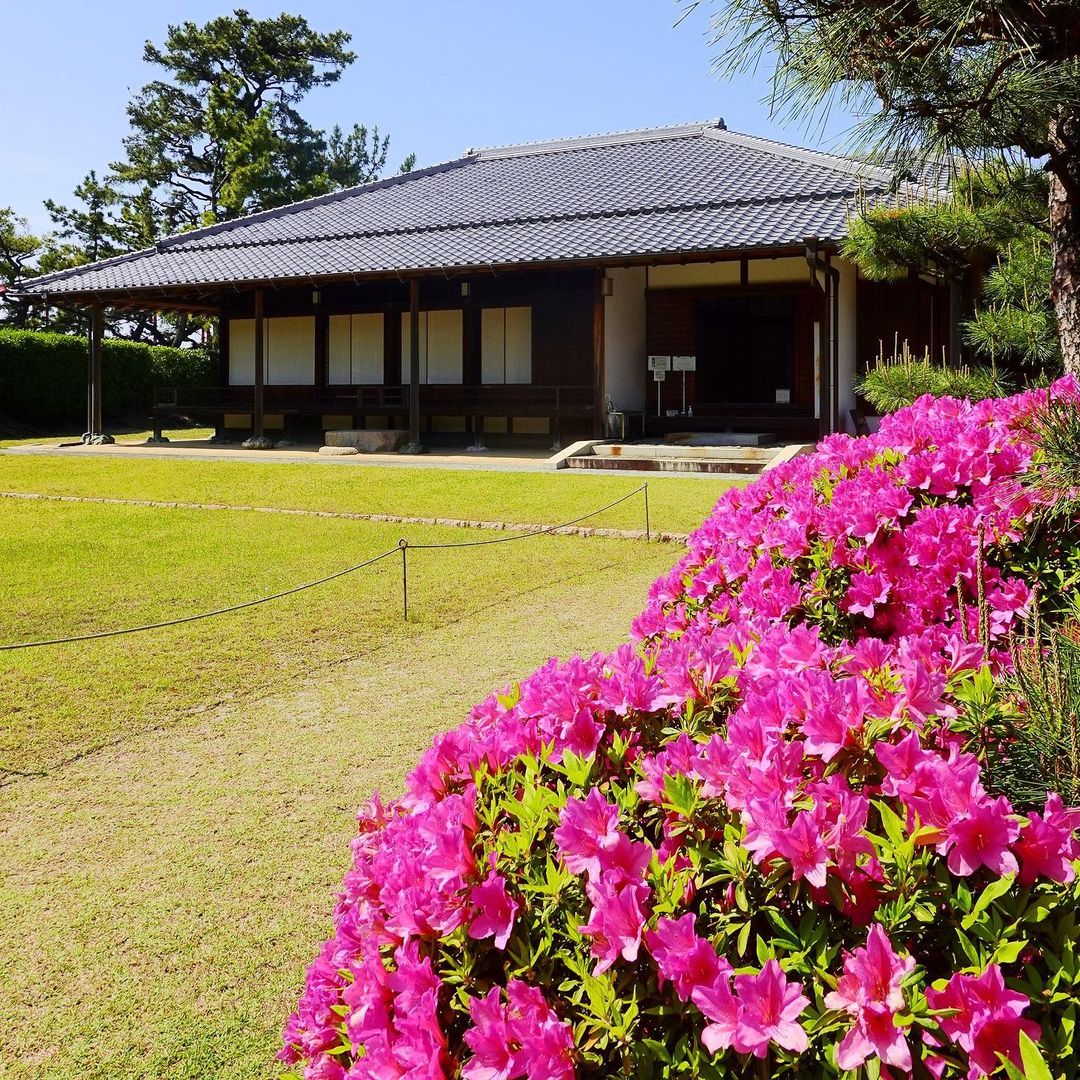
Azalea Hedge Along Bay Window
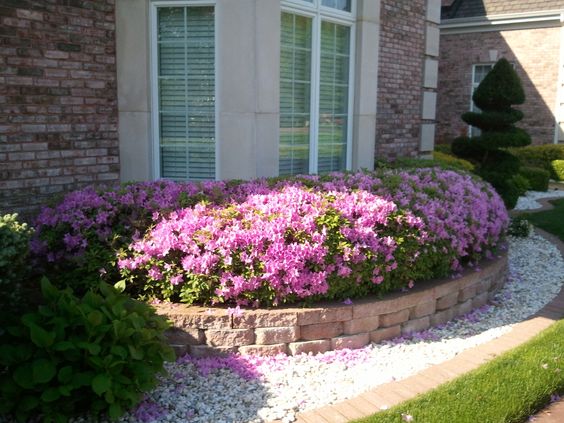
Azaleas On Side of House With Large Green Bushes
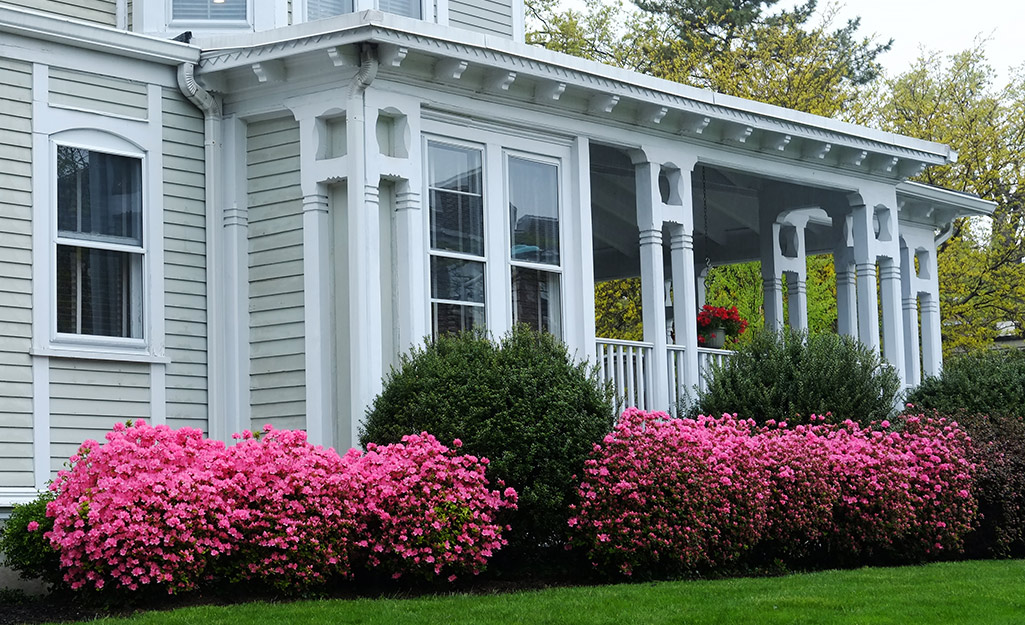
Azaleas With Hostas
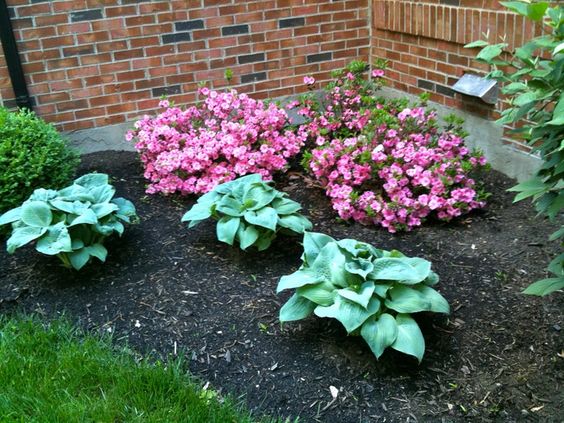
Azaleas In Front Of Pine Trees
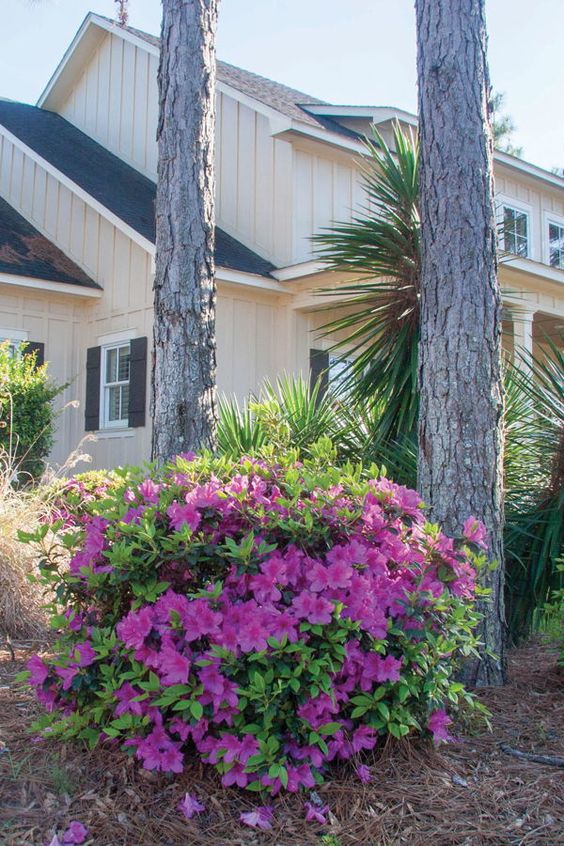
Azalea Flower Bed Along Pool With Zigzag Line of White Flowers
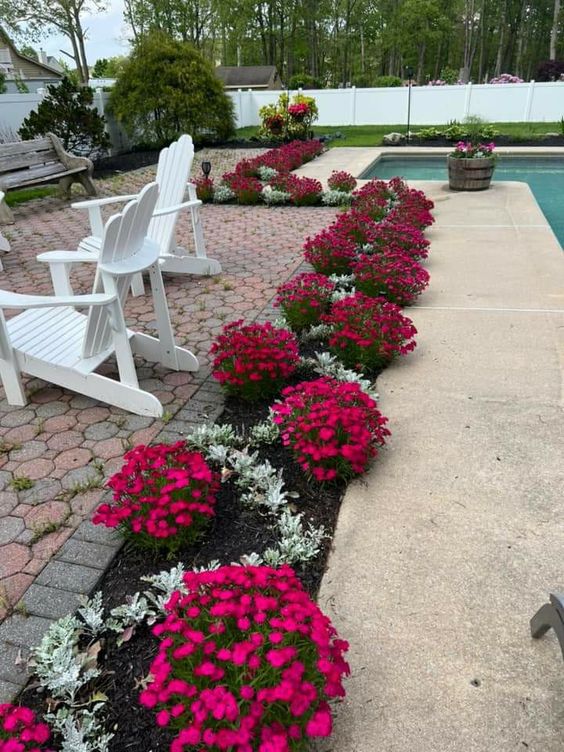
Bicolored Azaleas In Flower Bed Along Path And In Planter
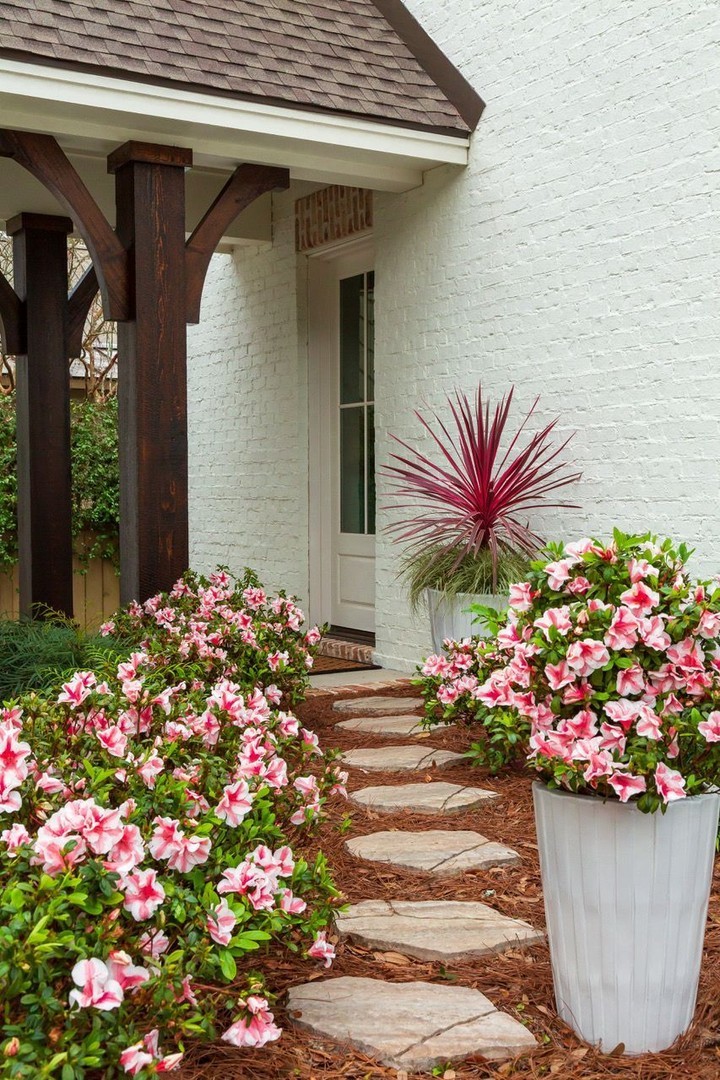
Three-Tiered Azaleas Along The Path

Planning Your Azalea Landscape
When I think about creating a beautiful garden, including azaleas is a must for me. They’re not just any shrubs; their vibrant flowers can transform any space into a spring highlight.
The right planning is key to ensure they flourish in your landscape.
Choosing the Right Varieties
In my garden, I pay special attention to selecting the right azalea varieties.
Azaleas come in two main types: the evergreen azalea, which keeps its leaves all year, and the deciduous type, which sheds leaves in the fall.
Depending on your garden’s size and your climate zone, you’ll want to choose a size and species that thrive in your local conditions.
A quick tip: native species generally adapt better and require less maintenance.
- Evergreen Azaleas: Ideal for year-round foliage.
- Deciduous Azaleas: Offer a spectacular fall color display.
Understanding Soil and pH Levels
Azaleas adore acidic soil, with a pH level between 4.5 and 6.0 being the sweet spot for me.
Getting your soil tested can be a game-changer for your azalea’s bloom quality.
Soil that is too alkaline will lead to poor plant health. Amending the soil with organic matter like compost can help adjust the pH levels if needed.
- Soil pH ideal range: **4.5 - 6.0**
- Amend with organic matter to adjust soil.
Strategic Planting for Aesthetic Appeal
My strategy for planting azaleas is all about location, location, location.
These beauties need well-drained soil and partial shade to avoid the harshest afternoon sun.
I arrange azaleas in my landscape with consideration for their size at maturity — this ensures each plant has enough room to grow and fully showcase its spring blooms without overcrowding.
A staggered pattern can create a naturalistic look while grouping similar colors can make a bold statement.
Remember, azaleas are not just plants; they’re a living art display in your garden.
- Light Requirements: Partial shade, avoid strong afternoon sun.
- Planting Pattern: Consider staggered or grouped by color.
- Spacing: Keep in mind the mature size for proper spacing.
Caring for Azaleas
Azaleas add vibrant color and life to any garden, but they do need a bit of extra love and care to truly flourish.
From my own hands-on experience, I’ve gathered some helpful tips that’ll keep your azaleas thriving year-round.
Watering and Mulching Techniques
I’ve found that azaleas prefer to stay hydrated but never soggy.
Watering should be done thoroughly to soak the root ball, generally adding about an inch of water weekly.
It’s best to water early in the morning, which reduces evaporation and gives the plants time to dry out during the day, preventing diseases.
Adding a layer of mulch around the base is also beneficial.
I use organic matter like pine needles or shredded bark to help retain moisture, regulate soil temperature, and prevent weed growth.
Remember, mulch should be about 2-3 inches thick but not touching the plant stems to avoid rot.
- Watering Checklist:
- Soak the root ball deeply.
- Aim for about 1 inch of water per week.
- Water in the morning.
- Mulching Tips:
- Use organic materials like pine needles or shredded bark.
- Lay 2-3 inches thick around plants.
- Avoid piling mulch against stems.
Pruning and Maintenance
Pruning is another key aspect of azalea care.
I typically prune my azaleas immediately after they bloom to shape them and encourage bushier growth.
It’s essential not to prune too late in the season, as you might accidentally cut off next year’s buds.
Besides shaping, I also remove any dead or diseased branches to keep the plant healthy.
Regularly deadheading spent flowers can promote more blooms and maintain aesthetic appeal.
As for fertilizing, feeding azaleas should be done with care, as they can be sensitive to over-fertilization.
I apply a specific azalea fertilizer in the spring, which encourages growth and blooming.
- Pruning Guide:
- Prune right after blooming.
- Focus on shaping and removing dead or diseased branches.
- Avoid late-season pruning.
- Fertilizing Advice:
- Use a fertilizer formulated for azaleas.
- Apply in the spring.
- Follow instructions to avoid overfeeding.
Addressing Pests and Diseases
Azaleas can be susceptible to certain pests and diseases, but being proactive in my garden has kept my plants robust.
I keep an eye out for common issues like lace bugs, azalea caterpillars, and petal blight.
Early detection is crucial, so I regularly inspect the undersides of leaves and between branches.
When I spot trouble, I use the least toxic options for control, often starting with a strong blast of water or introducing beneficial insects like ladybugs.
For diseases, good air circulation and proper planting can prevent many issues.
If a disease does appear, I remove affected parts and consider fungicides as advised by a professional.
- Pest Control Strategies:
- Inspect plants regularly, especially the leaf undersides.
- Use water spray or beneficial insects for initial control.
- Practice proper sanitation to hinder pest lifecycle.
- Disease Management Steps:
- Ensure good air circulation and avoid overcrowding.
- Plant in an area that receives full sun to partial shade.
- Remove diseased parts promptly and consider fungicides if necessary.
Caring for azaleas takes a bit of effort, but when those blooms burst into color, and I see hummingbirds flitting around, it’s all worth it.
Remember, a little attention goes a long way, and with these techniques, your azaleas will reward you with stunning beauty for seasons to come.





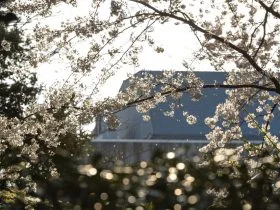

Leave a Reply
View Comments